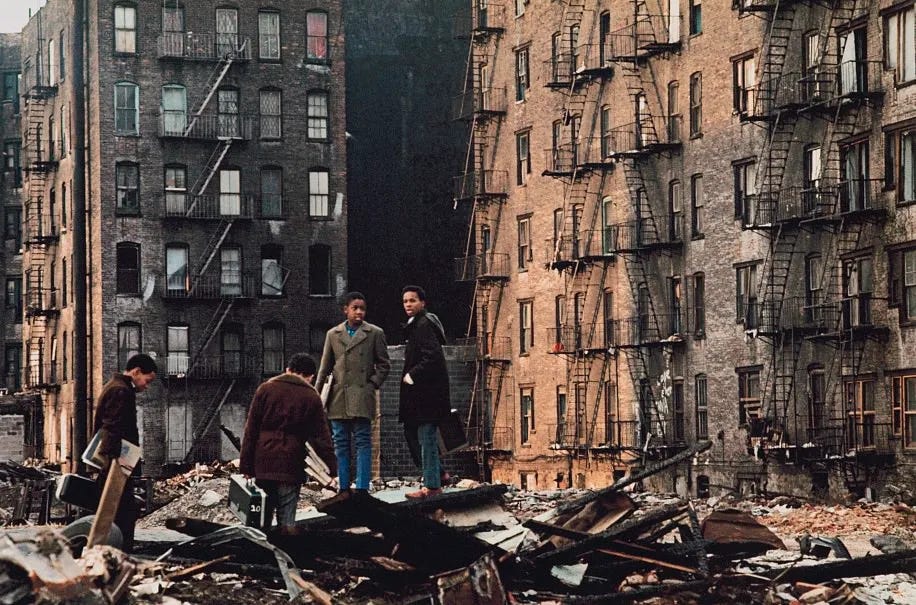Creating dank, neo-noir vibes and visual discord in a makeshift basement apartment
Across 110th Street (1972) • Session by Ben
Jim is a criminal born into the injustice of society. This film’s gritty look at the seedy side of the law has us in this Session centered around Jim and Gloria’s love nest without any of the Goodfella-glam. The basement space we’ll be talking about today is a character by itself, one of those shooting locations that must have had the Art Director scratching his noggin.
What kind of visual predisposition should we have of Jim, who comes from nothing and is determined to wind-up on top? As Art Directors, it’d be like visually translating a Charles Bukowski poem; using physical obstructions in damp spaces to the protagonist’s “benefit”.
In my Session video below, I discuss this and hone in on how to push and pull rugged sets and desperate characters in an urban decaying atmosphere. As well, I offer tips on how seemingly meaningless props can be used in suggestive, powerful ways.
A few side-notes about the film
When categorizing this film, some would put it under the genre of just another “blaxploitation” — I disagree with this labeling, it has so so much more to offer and doesn’t really get the acknowledgement it deserves.
It carries many neo-noir elements such as the police procedural, crooked cops, down and out criminals stealing from nefarious, wealthy criminals…
Barry Shear, who would go on to direct the film, was dead set to shoot in real locations like Harlem, to get that authentic feel of what it was like to live surrounded by street violence and gang warfare in New York city in 1972. Not an easy feat when large areas of Manhattan had become so dominated at the time by organized crime. Ever wonder how you could recreate the atmosphere of Harlem-1970s in other spaces closer to home?
Right around this time, the brand new Arrow Flex was put out on the market, a much lighter, quieter camera with better sound quality. This meant one could be more free to move around in a natural setting such as shooting a full master shot live on location easily in real time, something to consider when thinking about movement around the set. Such a camera gave Shear the opportunity to take the action into a real life urban environment.
Check out the first few minutes to the Session for free:
And for paid subscribers, you can find the full Session below; how the tight spaces of the film and any camera, can (and should) work with obstructions to push tension in a story…
Keep reading with a 7-day free trial
Subscribe to Art Direction Sessions for Film to keep reading this post and get 7 days of free access to the full post archives.





